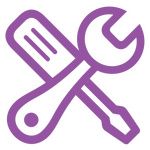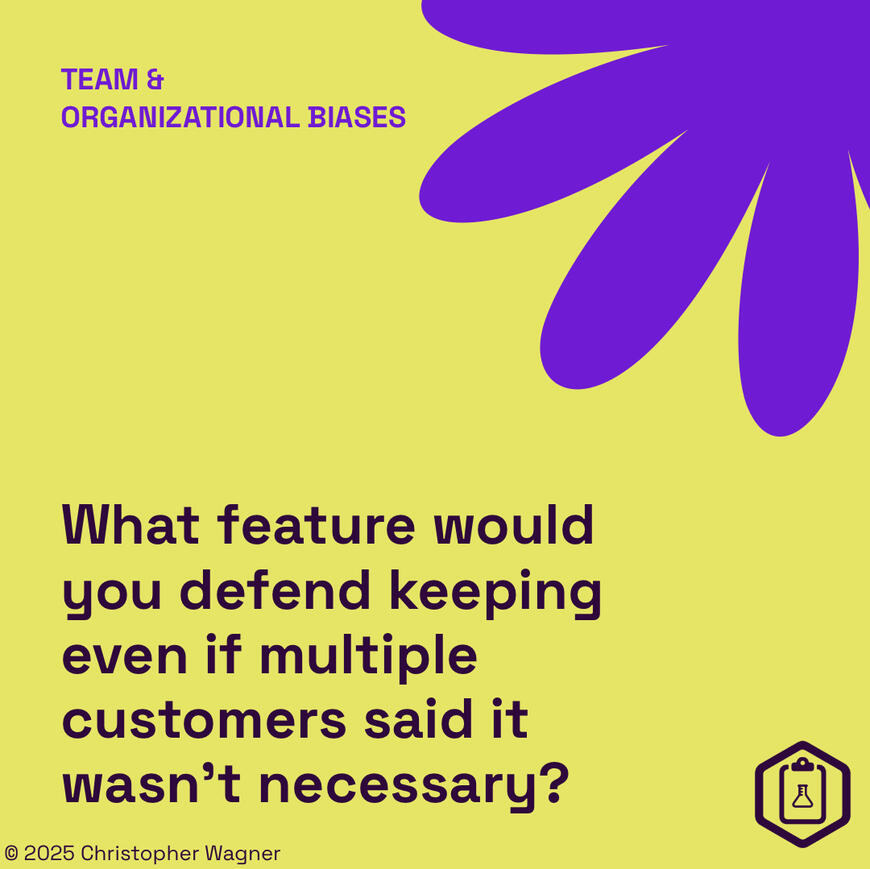
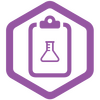
Early-stage and scaling life sciences companies, often struggle to find product-market fit—it can be a challenge to translate enthusiasm for science into a product vision that resonates with customers.
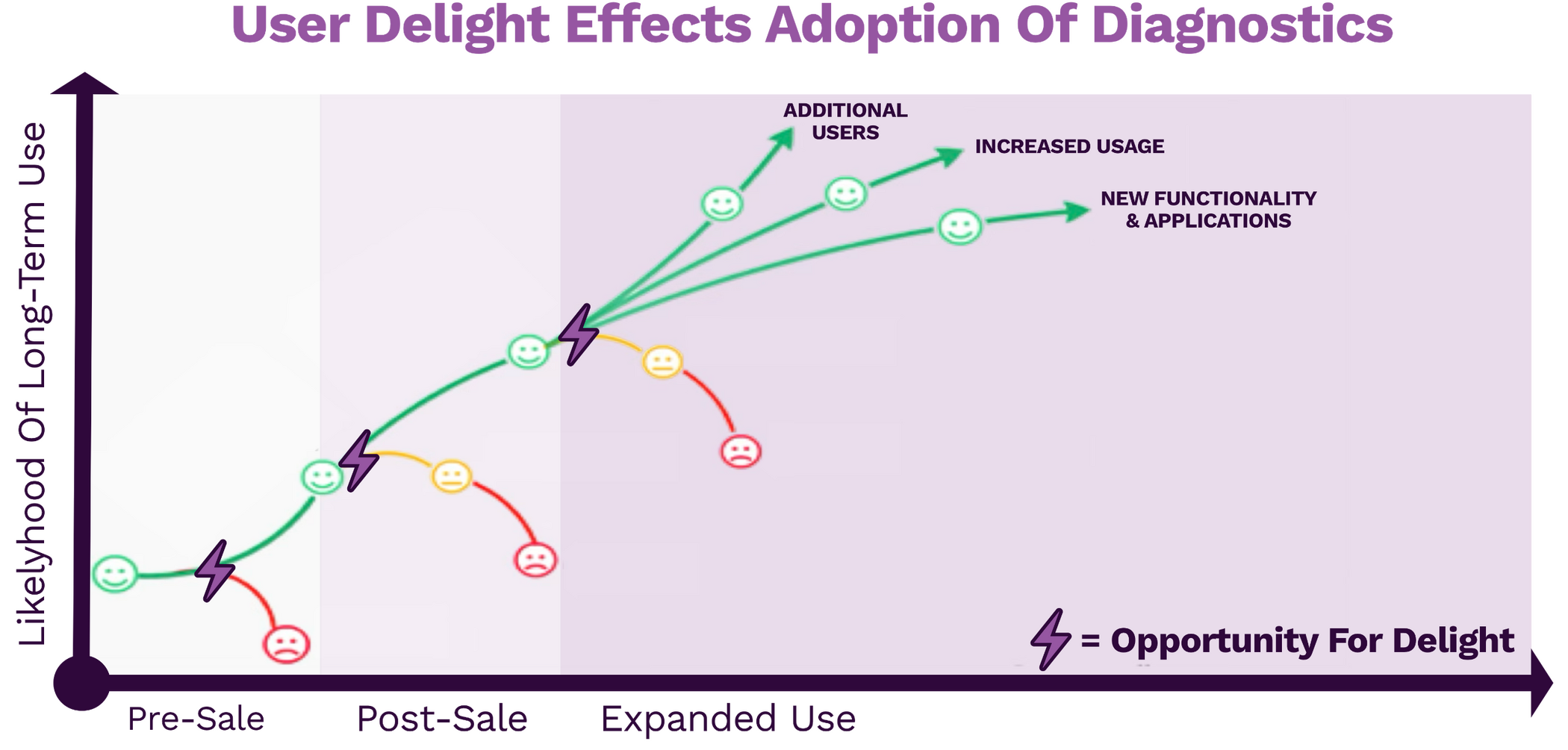
24000+
Hours Considering
Diagnostics Products
84+
Applications
Explored
331+
Citations on
Publications
Why I am the right product leader for your team.
With over a decade in precision diagnostics, I am passionate about building products that prioritize usability, regulatory compliance, and customer needs. My experience—from the concept and FDA clearance of technologies like the Parsortix system—has shown me how pivotal user insights are to product success. I work closely with life sciences companies to turn groundbreaking science into practical, user-friendly solutions that meet the rigorous demands of clinical environments.If you’re looking to accelerate product adoption, streamline usability, and ensure regulatory readiness, let’s discuss how I can help your company achieve these goals.Learn more about my background here.
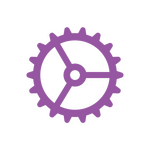
Why Usability Matters in Diagnostics
In diagnostics, usability isn’t just a nice-to-have—it’s a strategic advantage. Products that integrate seamlessly into lab workflows and are intuitive for users gain a significant edge in the market. A focus on usability not only strengthens customer satisfaction but also minimizes regulatory risks and supports sustainable growth. Including a usability program and assessment of usability via formative and summative assessments can have benefits and, depending on your product's market, may be required by regulation.
Key Benefits
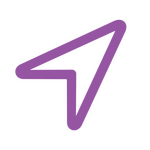
Ensuring Product-Market Fit
Whether evaluating a new diagnostic approach or refining an assay’s role as a companion diagnostic, the right guidance can simplify this process. By assessing usability and market alignment early, you can set up your product to be ready for market demands.
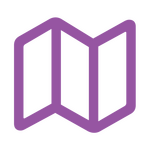
Navigating the Product Development Journey
The product journey can be complicated. However, there is a framework to help navigate the process of conceptualizing, developing, and bringing devices and assays to market.
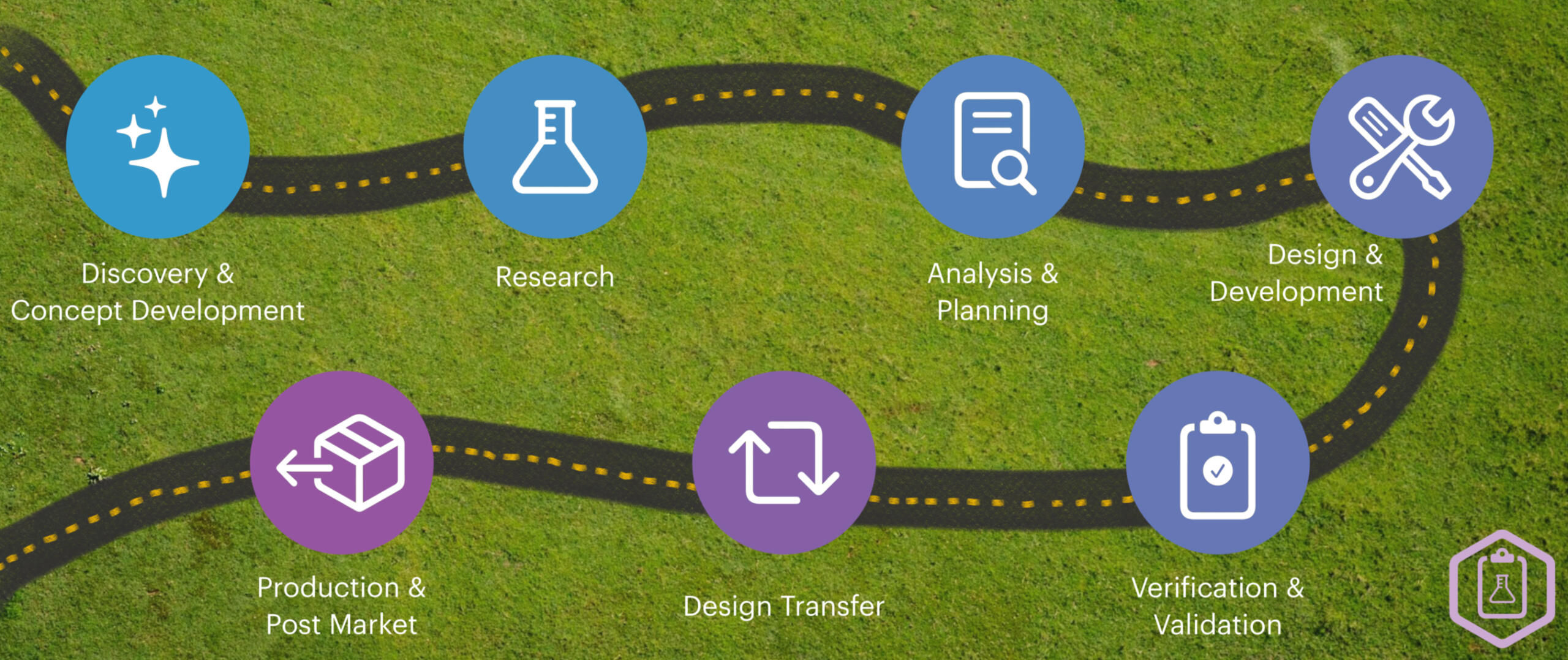
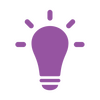
Product improvement is an iterative process.
Remember that not all prototypes need to be complicated. Complexity and visual appeal do not need to converge until the end of development.
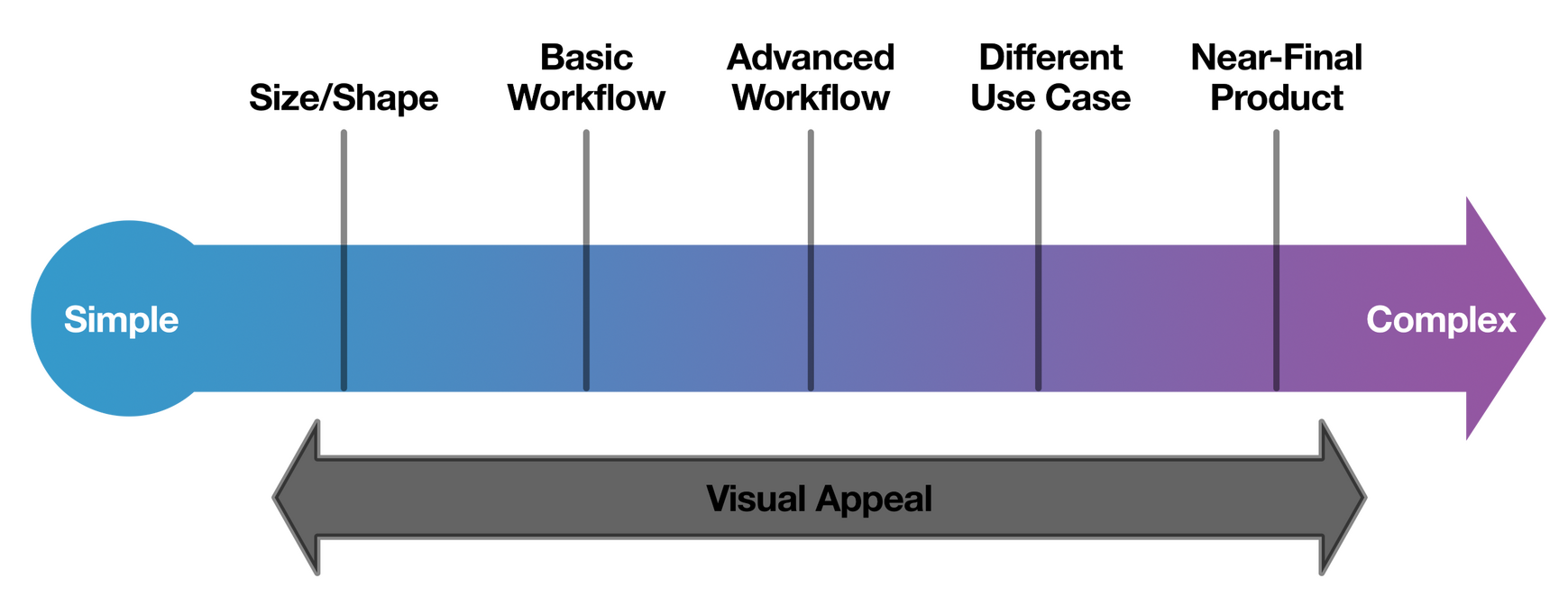
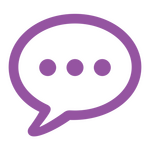
Let's Connect!
Please get in touch. I would be happy to discuss the many options for how I can help to accelerate your project!
© C Wagner. All rights reserved.
Thank you!
I will be in touch soon. I can't wait to hear more about your project and how I can help!
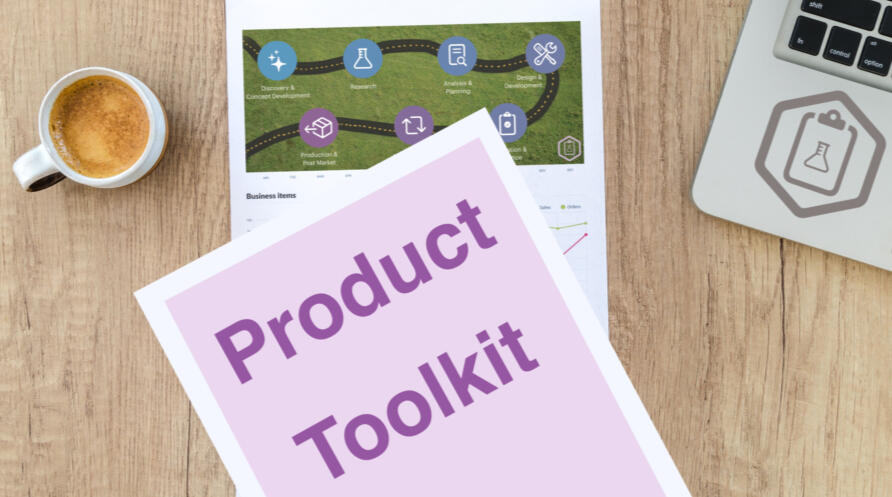
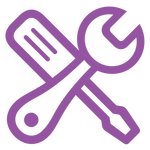
A First Look...
The essential toolkit for incorporating usability in diagnostics. Contained within will be information, tools, and templates providing full coverage in the following key areas:• Product Roadmapping
• Market Research & Analysis
• Regulatory & Compliance
• Risk Management
• Go-to-Market (including checklist)
• Customer Support (Driving Engagement)
• User Feedback (Best Practices)
• Post Market Surveillance
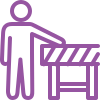
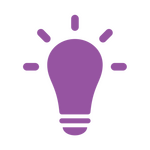
Want something a bit more custom?

© C Wagner. All rights reserved.
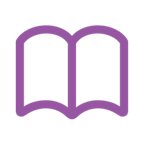
Case Study
Enhancing Product Usability to Drive Adoption
A Common Problem
A small biotechnology company developing diagnostic testing faces growing concerns from early adopters about assay complexity. Despite positive internal results, users report difficulty adopting the workflow within their laboratory, slowing adoption rates and leading to customer complaints. Internal teams also report inconsistency.The Desired Outcome
The company goals might include:• Improving customer satisfaction and adoption rates.
• Simplifying the user workflow and reducing training needs.
• Decreasing product returns and post-launch customer complaints.
• Establishing a process to help support future product launches.Solution: Making the Impossible Possible
Having the right support is critical. The complexity is often in the details, and it helps to work with someone who knows what questions to ask and how to frame feedback so it becomes actionable. To address these challenges, I would suggest the following:• Capture Real-World Feedback – Direct user feedback can be valuable currency. Establish streamlined feedback collection quickly with minimal burden for customers/users.• Conduct a Usability Risk Assessment – Identify and evaluate potential use errors.• Observe Users in Action – Spend time observing users, identify gaps in documentation and training.• Translate Insight into Action – Document feedback that provides clear context to enable improvements.Outcome
By implementing early usability testing and collaborative product development, the company might expect to see noticeable reduction in customer complaints, reduced time and costs associated with training. The company also has a framework for incorporating usability and human factors into development of future assays, which increases user adoption and customer satisfaction.
© C Wagner. All rights reserved.
